Gardening 101: A Beginner’s Guide to Growing Your Own Plants focuses on empowering you to start cultivating your garden with confidence. Whether you’re a novice or someone looking to refresh their knowledge, this guide covers everything from choosing the right plants to understanding the essentials of soil care. Dive into gardening and discover how to nurture your plants effectively with our step-by-step guide.
Choosing the Right Plants
To successfully start your gardening journey, selecting the right plants is crucial. Begin by evaluating your local climate and how it influences plant growth. Understanding your USDA Plant Hardiness Zone can guide you in choosing species well-suited for your area’s temperature extremes.
Consider the sunlight requirements of the plants. Some thrive in full sun, while others prefer partial shade. Observe your garden to determine where certain plants will get the appropriate amount of sun each day.
- Perennials: Plants that return year after year are excellent for establishing a lasting garden. Choose perennials suited to your climate to reduce maintenance.
- Annuals: These plants complete their life cycle in one growing season. Mix them with perennials for vibrant colors and interest.
Investigate the soil type in your garden area. Most plants prefer well-drained soil, but some, like cacti, need sandy environments. Others look for richer, wetter conditions, such as those found by a water source.
Factor in space considerations. Select dwarf or compact varieties if you have a smaller area. This lets you pack multiple plants into a limited space, providing a full, lush garden without overcrowding.
The level of maintenance you’re willing to commit will also impact plant choices. Some plants are hardy and require little care, while others need constant attention to thrive.
Finally, choose plants that complement one another regarding size, growth habits, and flowering periods to create a harmonious, continuously blooming garden.
Essential Gardening Tools
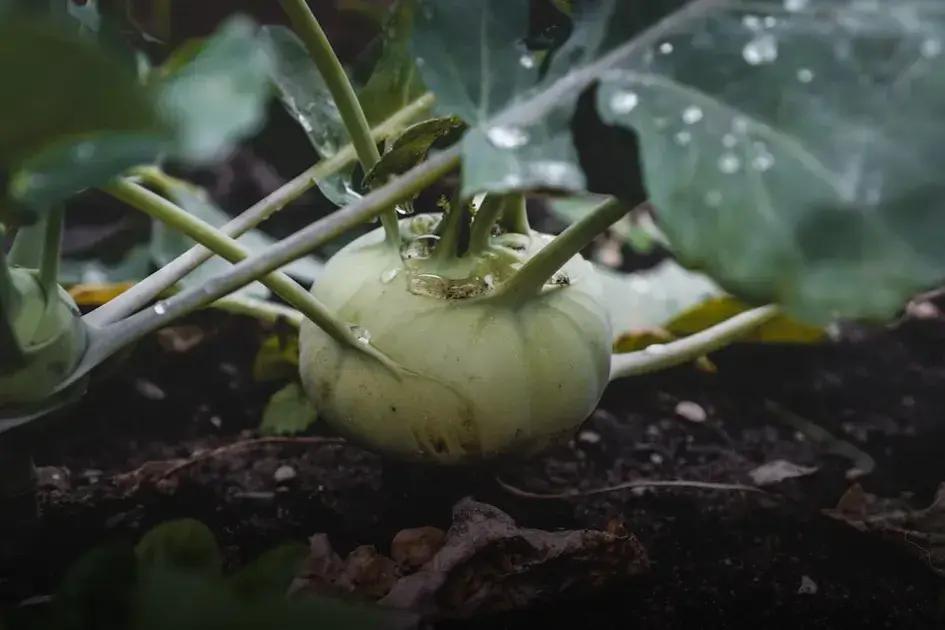
When starting your gardening journey, having the right tools can make all the difference. Whether you’re planting flowers, vegetables, or herbs, investing in quality tools will save you time and effort. Let’s explore some essential gardening tools that every beginner should consider adding to their collection.
1. Hand Trowel:
An indispensable tool for any gardener, a hand trowel is perfect for digging small holes for planting seeds or bulbs. Look for a sturdy design with a comfortable grip that makes it easy to scoop soil.
2. Pruning Shears:
These are critical for keeping your plants healthy and well-maintained. Use them to trim overgrown branches, deadhead flowers, or harvest fruits and vegetables. Choose a pair that fits comfortably in your hand to avoid fatigue.
3. Garden Gloves:
A good pair of gloves will protect your hands from thorny plants and soil, while also providing a better grip on tools. Opt for gloves that are durable yet flexible, allowing ease of movement.
4. Watering Can:
Essential for providing your plants with sufficient hydration, a watering can with a removable rose is ideal for controlling water flow, ensuring you don’t drown your delicate seedlings.
5. Wheelbarrow:
If you’re moving large quantities of soil, compost, or plants, a wheelbarrow becomes an essential tool in your garden arsenal. It saves time and reduces physical strain.
6. Rake:
Rakes are versatile tools that help in clearing leaves, spreading mulch, and leveling soil. Having both a leaf rake and a bow rake can be beneficial depending on your gardening needs.
7. Hoe:
An essential tool for preparing and cultivating soil, a hoe helps to break up earth, remove weeds, and create neat rows for sowing seeds. Select a hoe that is specifically designed for your soil type and gardening tasks.
Building your collection with these essential tools not only makes gardening tasks easier but also enhances your overall gardening experience. Remember to keep your tools clean and store them in a dry place to extend their lifespan and ensure they remain in good working condition.
Understanding Soil and Nutrition
Soil is the lifeline for your garden, providing the essential nutrients and environment your plants need to thrive. Understanding soil composition is crucial for any gardener, especially beginners. The primary components of soil include sand, silt, and clay. The right mix of these creates what gardeners call loam, which provides excellent drainage and nutrient retention.
Your soil’s health directly affects your plants’ growth. Testing your soil can reveal its pH level, which needs to be balanced to ensure optimal plant growth. Most garden plants prefer a pH of 6-7. To improve soil quality, incorporate organic matter such as compost or aged manure. This enhances soil structure and adds vital nutrients like nitrogen, phosphorus, and potassium.
Additionally, consider the role of microorganisms in the soil. These tiny organisms help break down organic material, making nutrients available to plants. To promote healthy soil life, minimize the use of chemical fertilizers and pesticides.
Roots play a vital part in absorbing nutrients and water from the soil. Ensuring roots have proper space to grow will prevent them from becoming bound, which can inhibit nutrient uptake and plant health. Regularly aerating compacted soil can improve water and air movement through the soil, which benefits root development.
By understanding and nurturing the soil in your garden, you lay the foundation for a thriving, healthy garden. Remember that healthy soil leads to healthy plants, so take time to invest in your soil’s condition for a more productive gardening experience.
Watering Techniques for Beginners
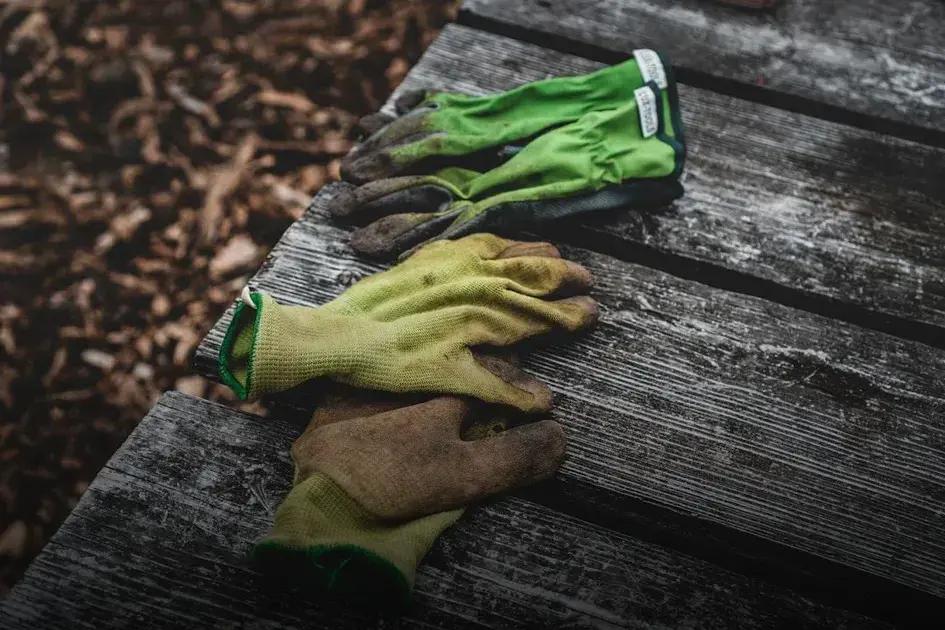
The key to successful watering begins with understanding the needs of your plants. Every plant has its own water requirements, which can vary depending on the type, size, and environment. As a beginner, it’s essential to observe and adjust your watering habits.
One fundamental technique is to use the finger test. Insert your finger about an inch into the soil. If it feels dry, it’s time to water. For plants in pots, ensure the pot has drainage holes to prevent waterlogging.
Try to water early in the morning, when evaporation rates are lower, which helps retain moisture. Aim for the base of the plant to keep the leaves dry and reduce the risk of fungal diseases.
Another technique is soaker hoses or a drip irrigation system. These allow for slow, consistent watering that saves time and makes sure water reaches the roots directly.
Learning to gauge the water needs specific to each plant will avoid both underwatering and overwatering. Balance is key to healthy plant growth.
Tips for Successful Plant Growth
Caring for different types of plants requires understanding their unique needs. Consider light exposure, as some plants thrive in direct sunlight while others prefer shade. Using organic fertilizers can enhance soil fertility by adding essential nutrients.
Monitor the moisture of the soil, ensuring your plants receive adequate hydration but avoid overwatering. If you’re dealing with indoor plants, placing them near windows can help provide natural light. When growing outdoor plants, it’s crucial to be mindful of your local climate and select seasonal varieties.
Pruning regularly is another essential tip. Remove dead or diseased branches to encourage new growth. It’s also important to be vigilant about pest control. Use eco-friendly options to keep harmful insects at bay without damaging the environment.
Add mulch around your plants to retain moisture and prevent weed growth. Experimenting with companion planting can lead to better yields as some plants help each other grow when placed together. Remember, patience and consistency are key to successful plant growth!

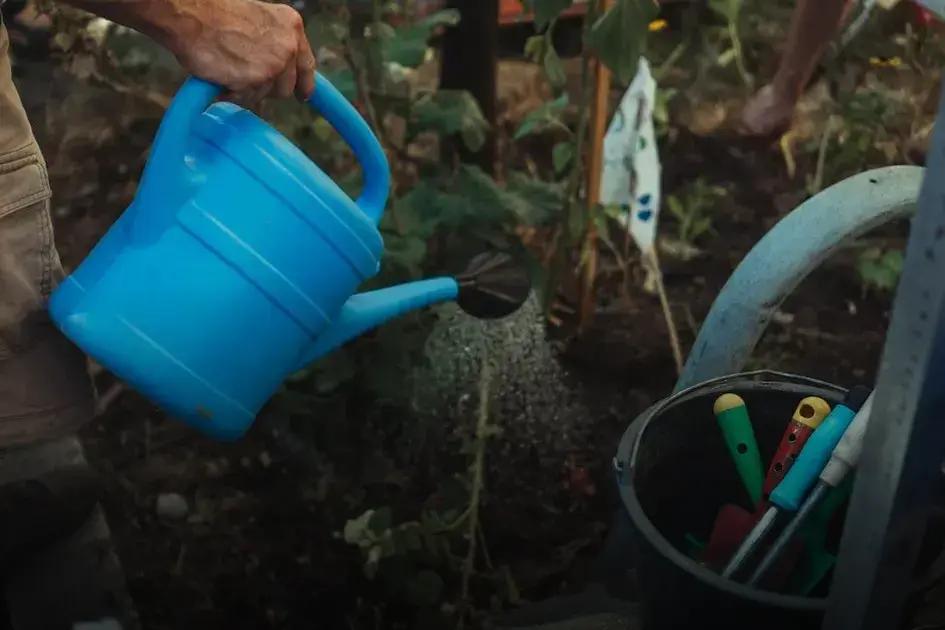
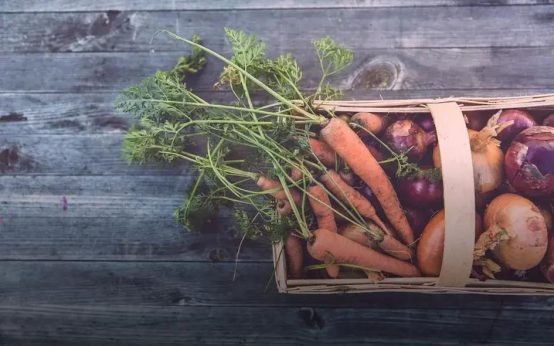 Planting Bulbs: When and How to Maximize Blooms
Planting Bulbs: When and How to Maximize Blooms  How to Grow Beautiful Roses at Home: Expert Tips
How to Grow Beautiful Roses at Home: Expert Tips 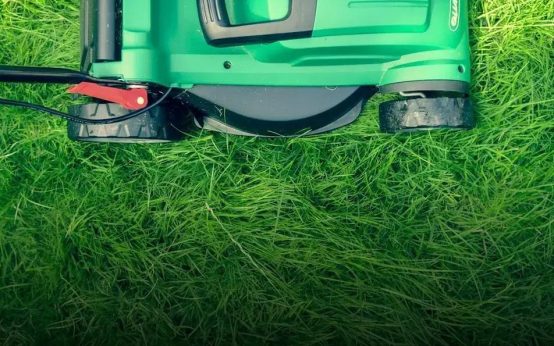 Best Flowers for a Colorful Backyard Garden: Top Picks
Best Flowers for a Colorful Backyard Garden: Top Picks